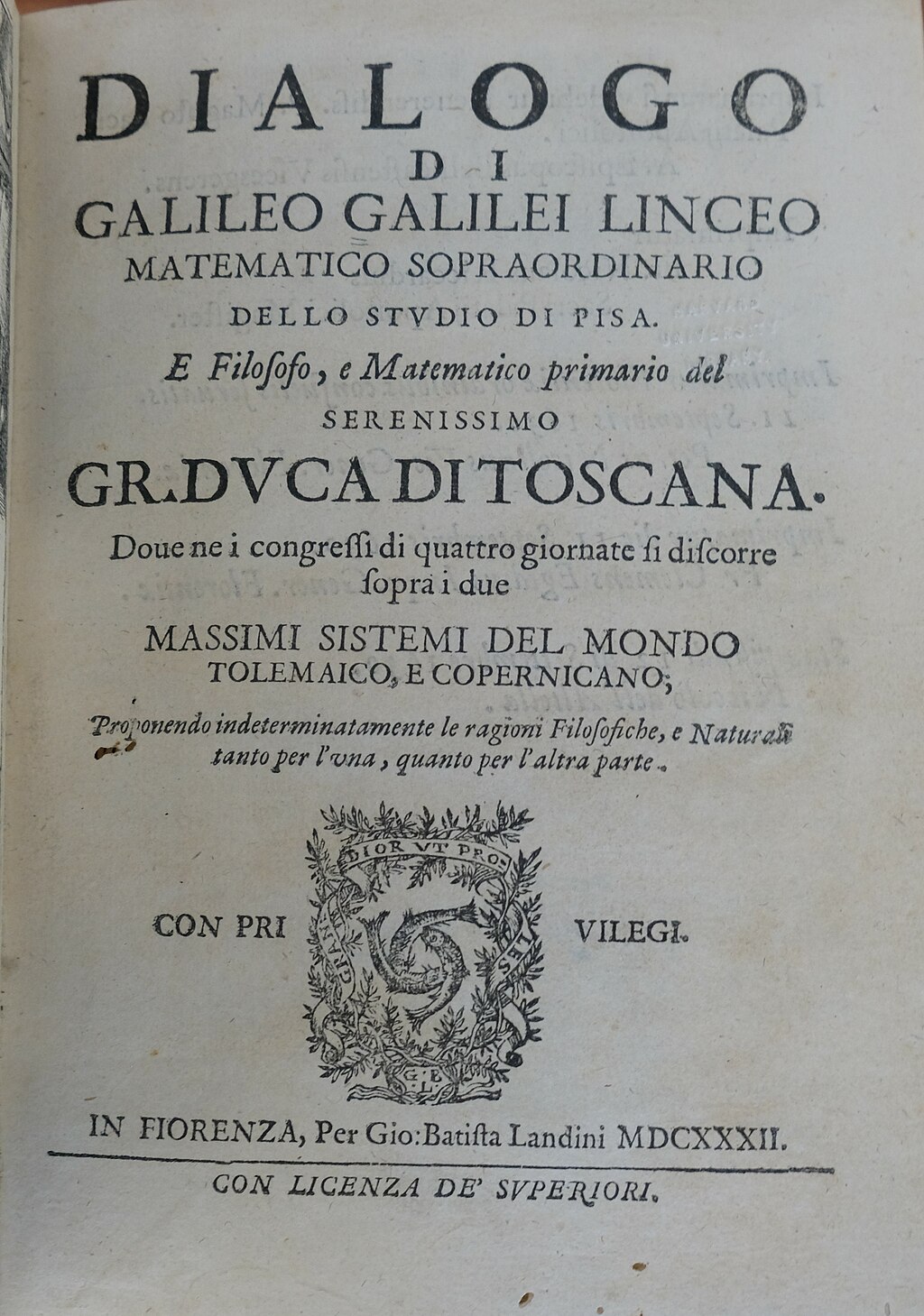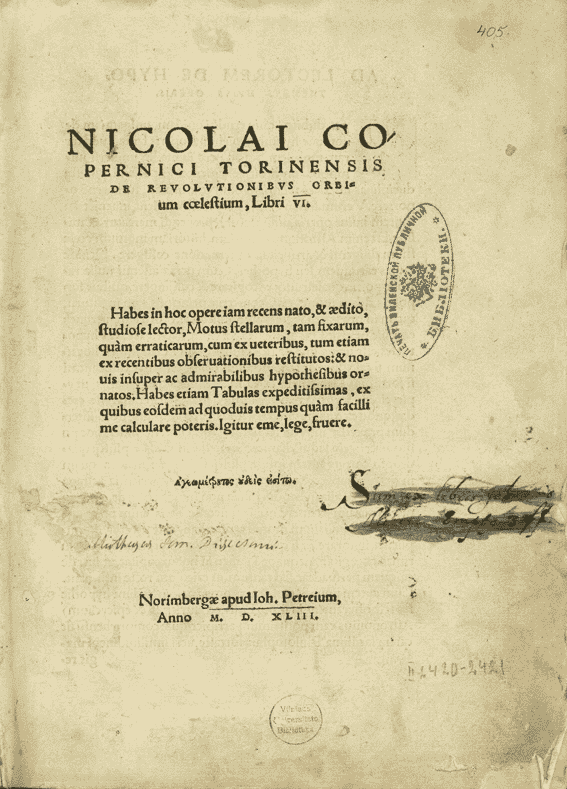Some scientific books have become incredibly valuable over time, not just for their age but for the revolutionary ideas they contain. From groundbreaking discoveries to rare editions, these antique works hold a special place in history. In this article, we’ll look at some of the most highly valued scientific books and explore what makes them so expensive.
On the Origin of Species by Charles Darwin (1859)

Charles Darwin’s theory of evolution and natural selection changed the world of biology forever. First editions of On the Origin of Species are incredibly valuable, with a copy selling for around $500,000. Darwin’s groundbreaking ideas and the book’s rarity were what drove its price high. Its first edition is particularly sought after because of the limited initial print run, making surviving copies scarce. Many institutions and collectors consider it a pivotal piece of history, retaining its high demand.
Micrographia by Robert Hooke (1665)

This work was the first to use a microscope to observe and describe the microscopic world. Robert Hooke’s detailed illustrations and descriptions of cells and insects captured the imagination of the scientific community. A well-preserved first edition of Micrographia can fetch prices of over $500,000. Hooke’s pioneering work is not only significant for its scientific discoveries but also for its influence on future research in microbiology and cell theory. Its detailed engravings, especially of fleas and lice, are considered some of the earliest accurate depictions of microscopic organisms.
Astronomia Nova by Johannes Kepler (1609)

Johannes Kepler’s Astronomia Nova laid the groundwork for celestial mechanics and planetary motion. Its influence on astronomy and the rarity of first editions make it highly valuable. A copy sold for over $500,000, reflecting its scientific importance. This book was revolutionary in its use of elliptical orbits to describe planetary movement, which challenged the long-held circular orbit models. Its significance in transforming astronomy into a precise science solidifies its place among the most valuable scientific works.
De Humani Corporis Fabrica by Andreas Vesalius (1543)

Considered one of the most influential works in the history of medicine, Andreas Vesalius’ De Humani Corporis Fabrica revolutionized the study of human anatomy. With detailed anatomical illustrations, this book was groundbreaking for its time. First editions have sold for upwards of $700,000 at auction. Vesalius challenged the traditional medical teachings of Galen of Pergamon by relying on human dissections, significantly advancing the understanding of human anatomy. The detailed woodcut illustrations, created by professional artists, were as important as the text itself in conveying his findings.
Dialogue Concerning the Two Chief World Systems by Galileo Galilei (1632)

Galileo Galilei’s Dialogue Concerning the Two Chief World Systems was pivotal in the fight for heliocentrism. This controversial text is not only valued for its scientific content but also for its historical significance. A copy can sell for over $800,000. The book’s defense of the heliocentric model led to Galileo’s trial and condemnation by the Roman Catholic Church, further heightening its historical importance. Its groundbreaking observations, along with its impact on the relationship between science and religion, make it a cornerstone of scientific literature.
Philosophiae Naturalis Principia Mathematica by Isaac Newton (1687)

Isaac Newton’s Philosophiae Naturalis Principia Mathematica is revered for laying the foundation of modern physics. Early editions are scarce, and the book has been sold for over $1 million at auction. This groundbreaking work introduced concepts such as the laws of motion and universal gravitation, which became central to classical mechanics. Its influence extended far beyond physics, affecting disciplines like astronomy and engineering. Due to its profound impact on science and its scarcity, first editions are highly coveted by collectors.
De revolutionibus orbium coelestium by Nicolaus Copernicus (1543)

This seminal work introduced the heliocentric theory, which shows that the Earth revolves around the Sun. First published in 1543, Nicolaus Copernicus’ book marked a revolutionary shift in scientific thought and directly challenged religious doctrines of the time. Due to its historical and scientific importance, copies of this book can go as high as $2 million at auction. The impact of this theory fundamentally altered our understanding of the cosmos and laid the groundwork for future astronomical studies. Despite facing opposition from the Church, the book’s influence continued to grow, cementing its place as one of the most pivotal texts in scientific history.
The Archimedes Palimpsest (1229)

This medieval manuscript contains works by the ancient Greek mathematician Archimedes that were later overwritten. In 1998, the palimpsest was auctioned for $2.2 million. Its rarity and the incredible scientific significance of his work make it a sought-after item. The hidden texts include groundbreaking works on calculus and geometry, which were rediscovered through advanced imaging techniques. This manuscript not only preserves ancient knowledge but also showcases the fragility of historical texts and the lengths scholars will go to recover them.
Birds of America by John James Audubon (1827-1838)

This collection of hand-colored, life-size illustrations of birds is widely considered one of the most beautiful scientific books ever produced. Only 13 complete copies exist today, with one selling for an impressive $9.65 million at a Christie’s auction in 2018. The combination of its artistic value and the rarity of complete editions make it extremely valuable. Audubon’s work was groundbreaking in its depiction of birds at life-size, capturing incredible detail and scientific accuracy. The large format and the labor-intensive process of producing each illustration contribute to the high cost of these rare volumes.
The Codex Leicester by Leonardo da Vinci

Leonardo da Vinci’s Codex Leicester is a personal notebook containing his scientific observations on water and astronomy. Known for its sketches and scientific insight, this one-of-a-kind manuscript was bought by Bill Gates for $30.8 million in 1994, making it one of the most expensive scientific books in the world. It includes theories on the movement of water, the luminosity of the Moon, and early ideas about geology. Its value lies not only in its rarity but also in the glimpse it provides into the mind of one of history’s greatest polymaths. As a reflection of da Vinci’s boundless curiosity and scientific genius, this remains an unparalleled artifact.
This article originally appeared on Rarest.org.
More from Rarest.org
9 Highly Valued Antique Tea Sets and Their Current Market Worth

Antique tea sets are cherished for their artistry and historical value. These delicate pieces are not only beautiful but also highly sought after by collectors. Read More.
20 Ancient Animal Species Still Roaming the Earth

The Earth is home to an incredible diversity of life, and some species have managed to survive for millions of years, outlasting the dinosaurs and witnessing the rise of humans. These ancient animal species offer us a fascinating glimpse into the past, representing living links to prehistoric times. Read More.
13 Most Unique Meteorites Ever Collected

Meteorites are fascinating relics from space that offer us a glimpse into the origins and mysteries of our Solar System. Over the years, collectors and scientists have discovered many extraordinary meteorites, each with its own unique story, composition, and significance. Read more.
